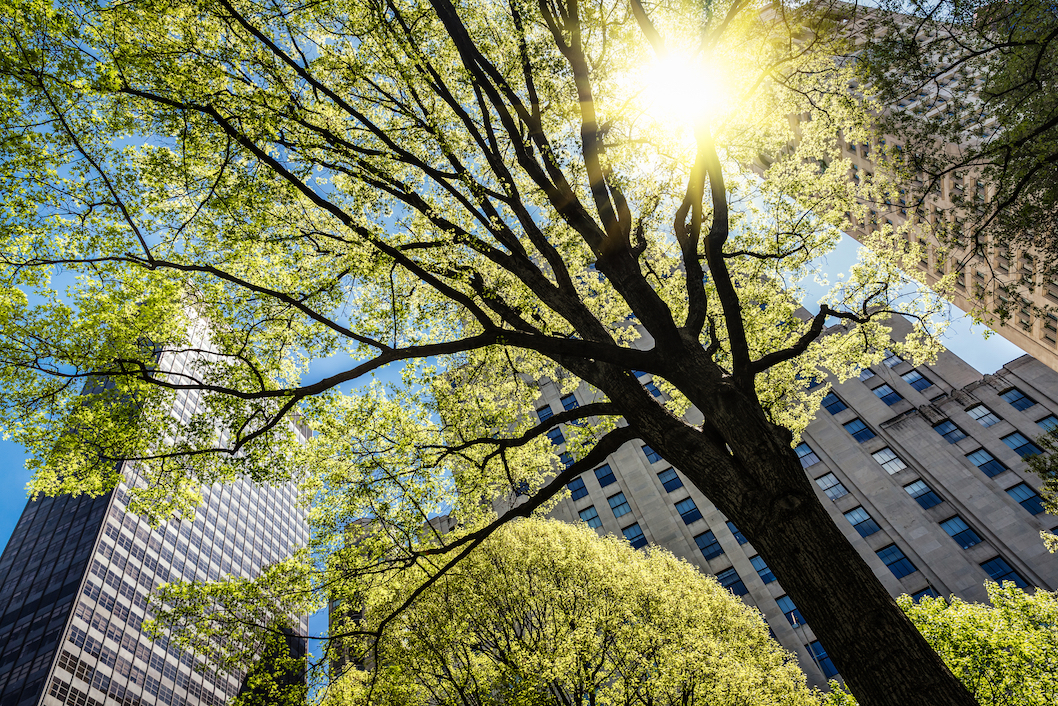
36 million urban trees vanishing every year in the United States
36 million urban trees vanishing every year in the United States. The U.S. Forest Service is reporting that trees are rapidly vanishing in urban regions across the United States. Between 2009 and 2014, approximately 175,000 acres of urban tree cover, which is the equivalent of 36 million trees, was lost annually.
Trees provide invaluable benefits to urban areas, such as absorbing harmful pollutants and combating noise pollution. Trees also cool the local air temperature, reduce heat islands, conserve water, and help to prevent flooding and soil erosion. Furthermore, urban trees significantly reduce energy costs.36 million urban trees vanishing every year in the United States
According to the report, the “estimated loss of benefits from trees in urban areas is conservatively valued at $96 million per year.”
The research team used aerial photographs to assess changes in tree cover from 2009 to 2014 within urban areas and urban communities across all 50 states and the District of Columbia.
Overall, 23 states had significant tree cover loss, 25 states had no significant changes, and three states had an insignificant increase in tree cover.
The biggest difference was found in urban areas, where one percent of tree cover disappeared during the study period. There was also a 0.7 percent drop in the number of trees located in communities surrounding urban areas. The greatest declines were found in Oklahoma, Washington D.C., Rhode Island, Oregon, and Georgia.
The researchers also noted that impervious surfaces, such as roads or cement, increased by almost the same amount as tree cover loss in cities and communities. The researchers estimated that around 40 percent of these new impervious surfaces existed in areas where trees once grew.
“The pattern of decreasing tree cover and increasing impervious surfaces indicate a synergistic pattern of loss of environmental benefits (e.g., air temperature cooling by trees) and increased environmental issues (e.g., air temperature increases associated with impervious surfaces),” wrote the study authors.
The experts warned that this emerging pattern will continue unless policymakers make tree cover more of a priority.
The study is published in the journal Urban Forestry and Urban Greening.
—
By Chrissy Sexton, Earth.com Staff Writer













